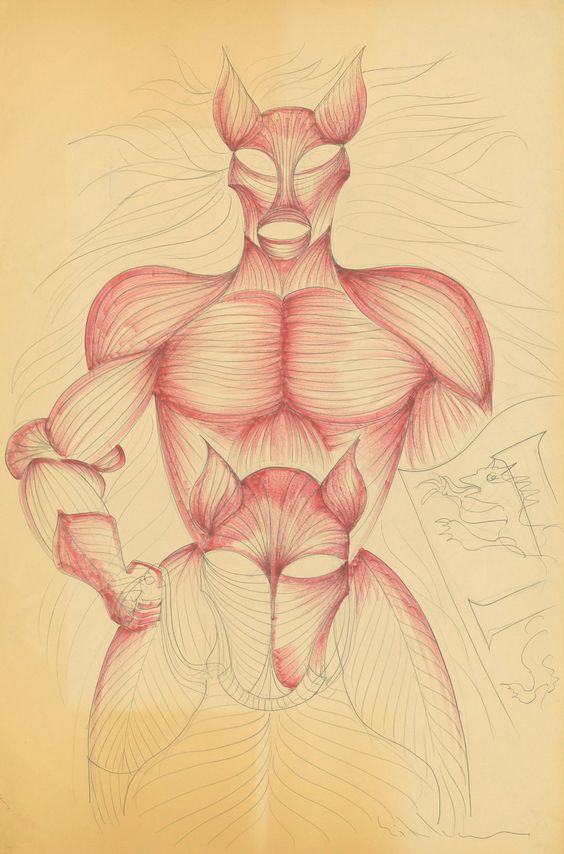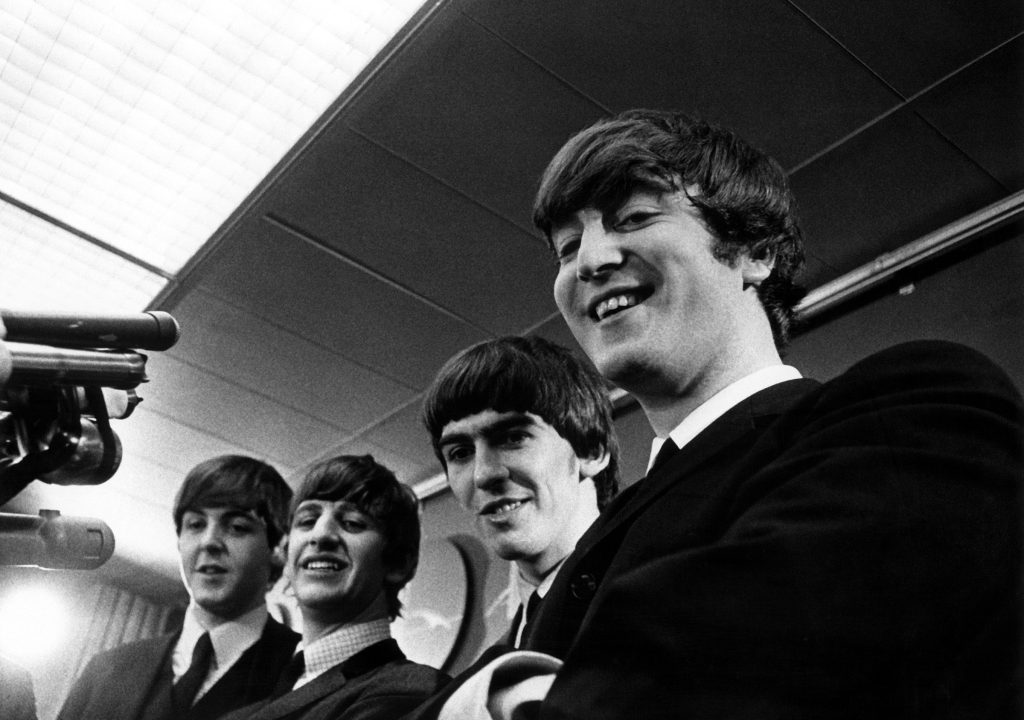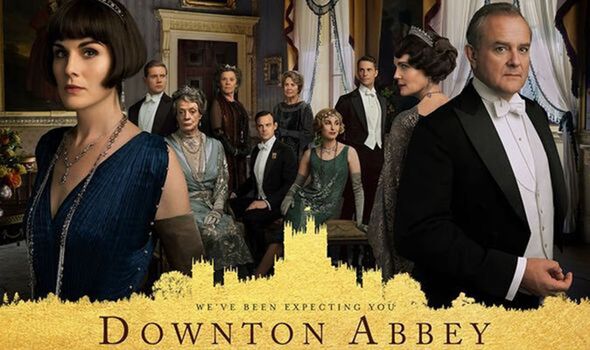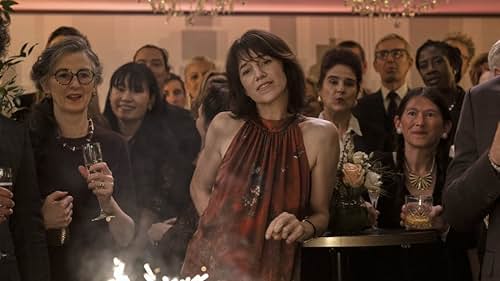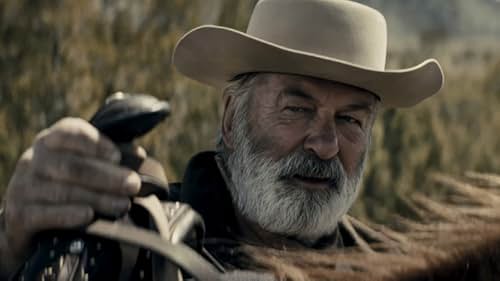When we think of Dracula, certain images immediately come to mind: the iconic tuxedo, the flowing cape, and the sinister, brooding figure lurking in the shadows. But what if we told you that one of the most memorable adaptations of this legendary character barely used those familiar tropes? Instead, it chose to dive deep into the character’s psyche, using costumes not just as mere attire but as extensions of his very soul. That’s the magic of Francis Ford Coppola’s 1992 masterpiece, _Bram Stoker’s Dracula_, a film that redefined horror through its groundbreaking costume design by the visionary Eiko Ishioka.
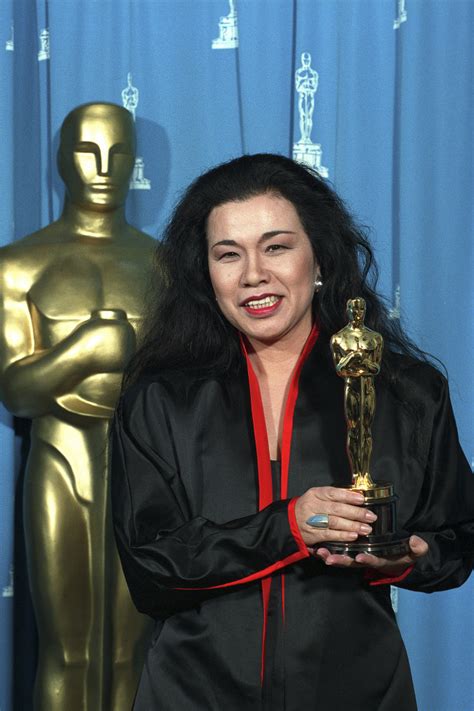
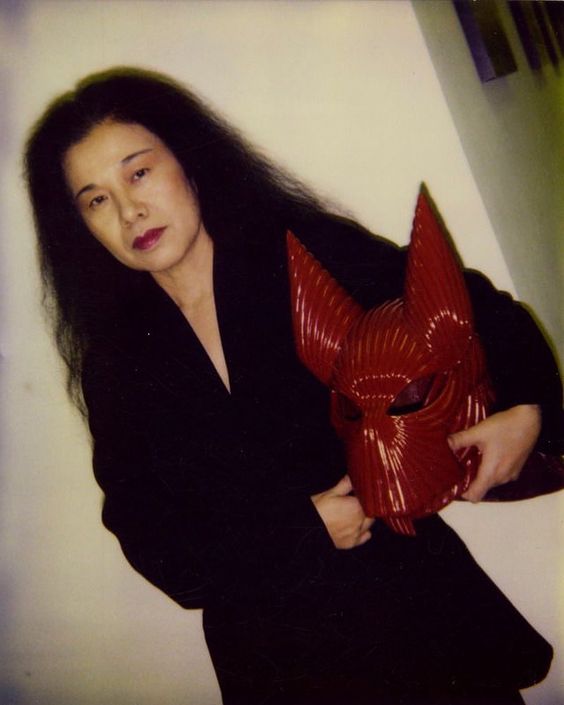

Imagine a world where costumes are not just decorative elements but the very essence of a film’s atmosphere. This was Coppola’s vision for his adaptation of Stoker’s classic novel. He wanted the costumes to be the sets, the characters to be the narratives. It was a bold move, especially in a genre known for its reliance on jump scares and gore. But with Ishioka at the helm, Coppola’s vision became a reality, and the result was nothing short of spectacular.
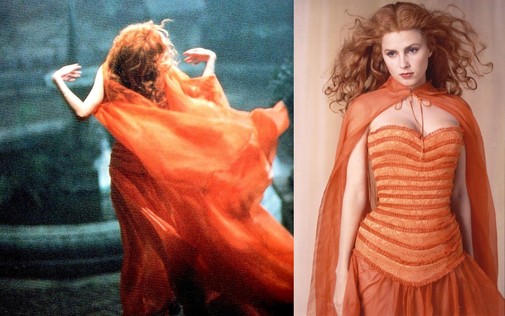
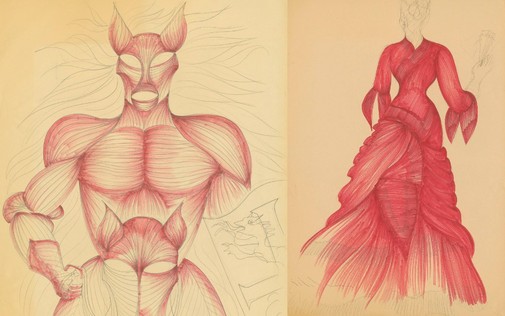
Eiko Ishioka was not your typical costume designer. With a background in advertising and a penchant for avant-garde visuals, she brought a unique perspective to the world of cinema. Her work on Coppola’s _Apocalypse Now_ had already caught the director’s eye, and when it came time to bring Dracula to life, he knew she was the perfect fit. Ishioka’s approach was revolutionary. She didn’t just design costumes; she crafted characters. Each piece of clothing was a story, each fabric a chapter.
Take, for instance, Dracula’s armor. This isn’t just any suit of armor; it’s a symbol of transformation and foreshadowing. The crimson hue isn’t just a color choice; it’s a nod to the blood Dracula will shed and drink. The muscle-like pattern resembles flayed skin, a reference to the historical Vlad the Impaler. And the wolf-like helmet? It’s a hint at Dracula’s future form. It’s a costume that tells a story, a visual narrative that sets the tone for the entire film.
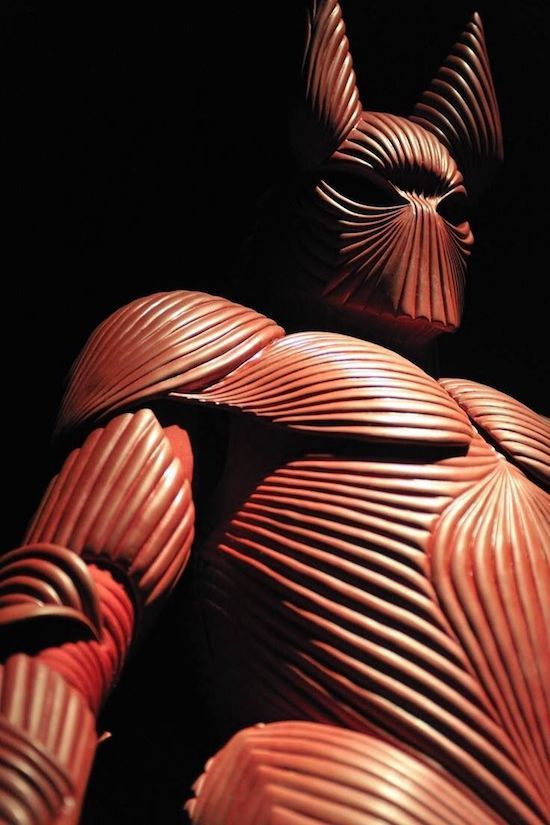
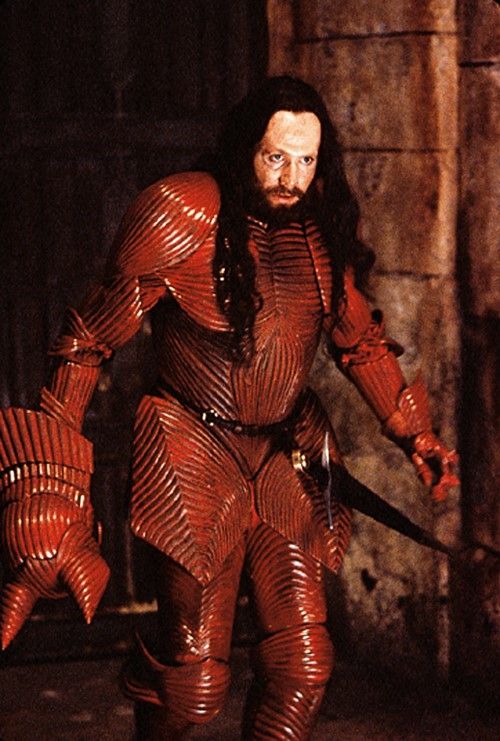
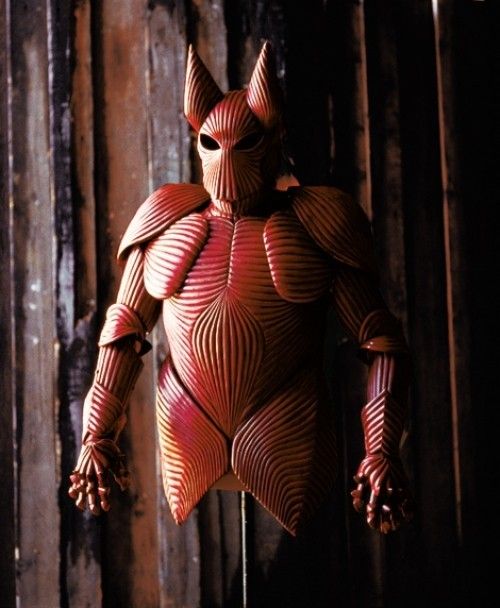
Then there’s the red robe. When Jonathan Harker meets Dracula, he’s not the warrior we saw in the prologue. He’s a figure enveloped in a voluminous kimono-inspired robe, a stark contrast to his earlier battle-hardened self. The robe’s crimson color and gold embroidery trail several feet behind him, giving him an otherworldly presence. It’s a costume that shows how Dracula has become consumed by his past, unable to change in his current environment.
But perhaps the most iconic costume is Dracula’s London suit. This is as close as Ishioka gets to a traditional Dracula look, but even here, she subverts expectations. Instead of a tuxedo and cape, we get a charcoal three-piece suit with an overcoat, top hat, and sunglasses. It’s a look that obscures Dracula’s figure, hides his emotions, and makes him a figure of mystery and intrigue. It’s a costume that says, “I am not who you think I am,” and it’s a perfect encapsulation of Dracula’s duality.
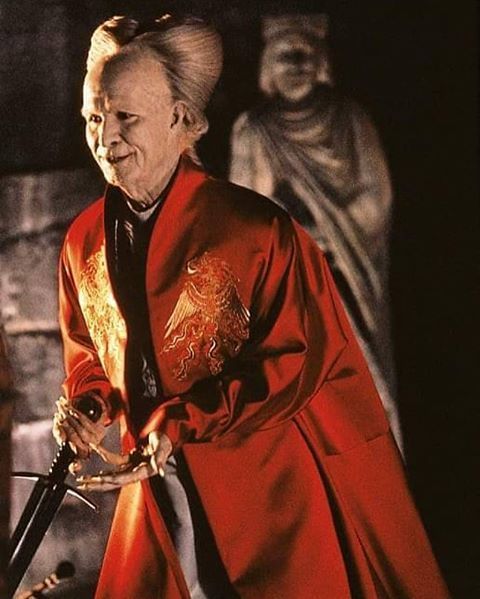
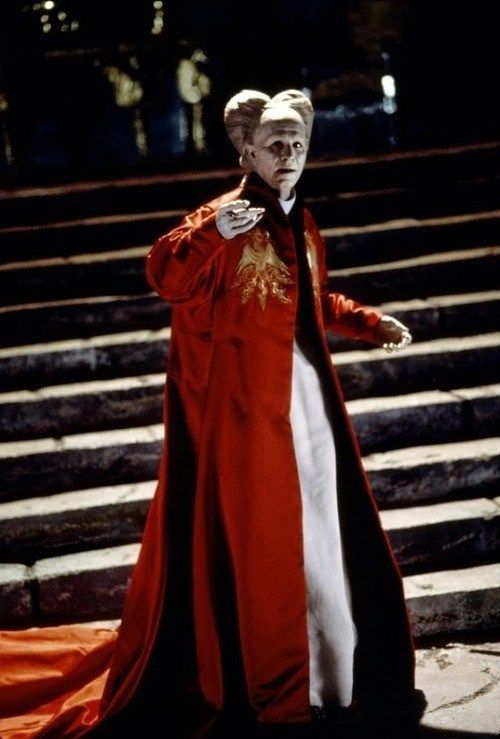
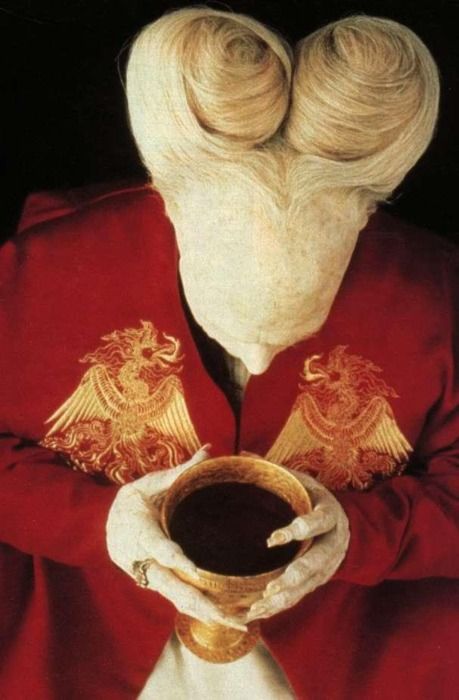
Ishioka’s genius doesn’t stop with Dracula. The film is filled with costumes that are both visually stunning and narratively rich. Take Lucy Westerna’s wedding gown, for example. Inspired by Australian reptiles and 17th-century portraits, it’s a serpentine curse of lacy ruffs that is both terrifying and enthralling. It’s a costume that embodies Lucy’s transformation from an innocent aristocrat to a vampire’s victim.
Or consider Mina Murray’s costumes. As the reincarnation of Dracula’s lost love, Mina’s attire is a mix of Victorian propriety and Slavic symbolism. Her bustle gowns are cages that barely contain her desires, while her minty color palette is a modern echo of a past tragedy. It’s a costume that shows how Mina is both bound by Victorian constraints and consumed by her forbidden desires.
But perhaps the most fascinating aspect of Ishioka’s work is how she blends cultures and styles. Dracula is a character who straddles the line between East and West, and Ishioka’s costumes reflect this. From the Kabuki-inspired robes to the Byzantine jewelry of the Brides of Dracula, her designs create a world that is both familiar and alien, a perfect backdrop for a story of love, loss, and horror.
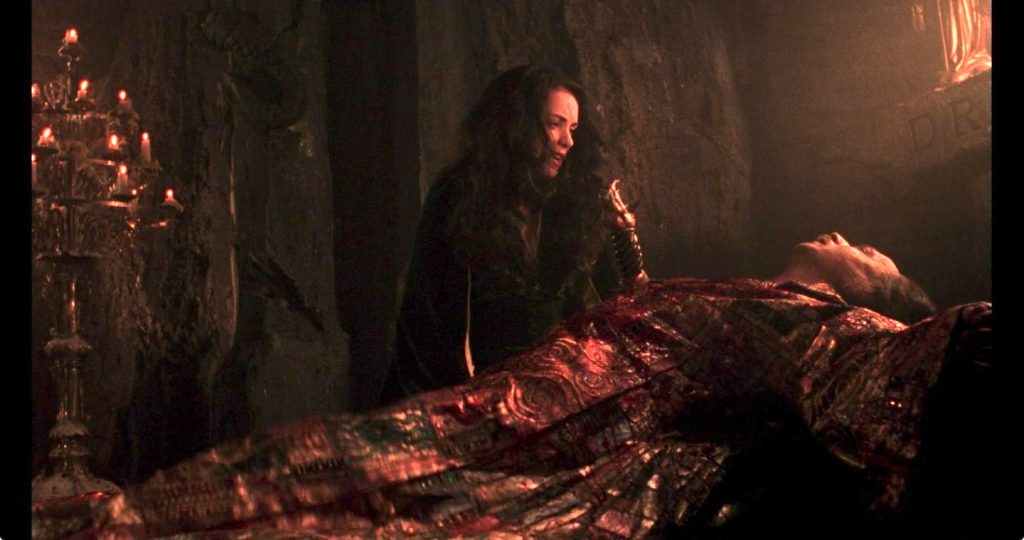
In the end, _Bram Stoker’s Dracula_ is more than just a horror film. It’s a visual feast, a narrative tapestry woven from threads of history, culture, and imagination. Eiko Ishioka’s costumes are not just clothes; they are characters, stories, and emotions. They are the very soul of the film, bringing Dracula and his world to life in ways that words alone could never achieve.
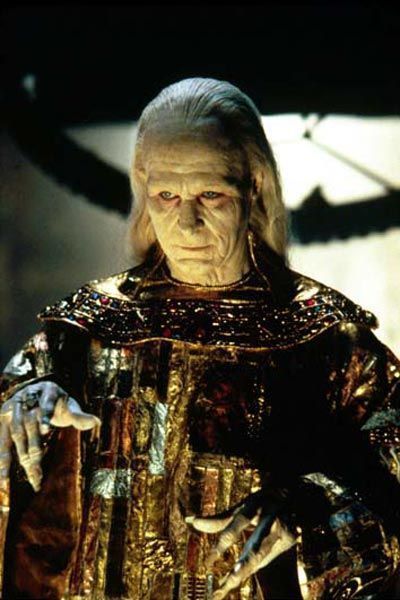
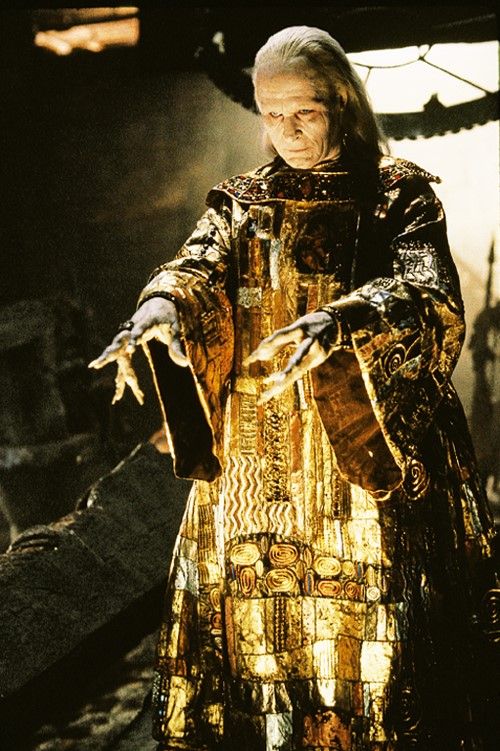
So the next time you watch _Bram Stoker’s Dracula_, pay attention to the costumes. Notice how they move, how they change, and how they tell a story. Because in the hands of Eiko Ishioka, costumes are not just decorations; they are the very essence of horror. They are the art of fear.

